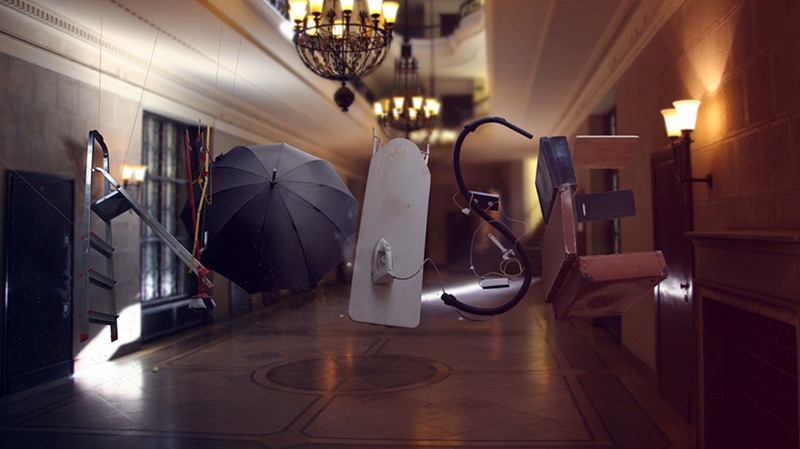PostPanic director Mischa Rozema’s new short film, Stardust, is a story about Voyager 1 (the unmanned spacecraft launched in 1977 to explore the outer solar system). The probe is the furthest man-made object from the sun and witnesses unimaginable beauty and destruction. The film was triggered by the death of Dutch graphic designer Arjan Groot, who died aged 39 on 16th July 2011 from cancer.
The entire team at PostPanic (the Amsterdam-based creative company) pushed themselves in their own creative post techniques to produce a primarily CG short film crafted with love.
The film’s story centers on the idea that in the grand scheme of the universe, nothing is ever wasted and it finds comfort in us all essentially being Stardust ourselves. Voyager represents the memories of our loved ones and lives that will never disappear.
From a creative standpoint, Rozema wanted to explore our preconceived perceptions of how the universe appears which are fed to us by existing imagery from sources such NASA or even sci-fi films. By creating a generated universe, Rozema was able to take his own ‘camera’ to other angles and places within the cosmos.
Objects and experiences we are visually familiar with are looked at from a different point of view. For example, standing on the surface of the sun looking upwards or witnessing the death and birth of a star – not at all scientifically correct but instead a purely artistic interpretation of such events.
Rozema says, ‘I wanted to show the universe as a beautiful but also destructive place. It’s somewhere we all have to find our place within. As a director, making Stardust was a very personal experience but it’s not intended to be a personal film and I would want people to attach their own meanings to the film so that they can also find comfort based on their own histories and lives.’
Rozema turned to his regular audio partner, Guy Amitai, to create the music for the film. ‘I approached Guy to make the music because I trust him and knew he would instinctively understand what I wanted to communicate with this film.’ Their long-term collaboration over the years helped them explore different musical approaches before finally settling on a musical journey featuring analogue instruments. Amitai explains, ‘Once we started working on this project and I told people about Stardust and what Arjan meant to us all, the offers started pouring in. Musician friends and friends-of-friends all wanting to join in and record even the smallest parts. It was an incredibly emotional and personal journey for us all – not something you can professionally detach yourself from.’
Credits:
A PostPanic Production
Written & directed by Mischa Rozema
Produced by Jules Tervoort
VFX Supervisor: Ivor Goldberg
Associate VFX Supervisor: Chris Staves
Senior digital artists: Matthijs Joor, Jeroen Aerts
Digital artists: Marti Pujol, Silke Finger, Mariusz Kolodziejczak, Dieuwer Feldbrugge, Cara To, Jurriën Boogert
Camera & edit: Mischa Rozema
Production: Ania Markham, Annejes van Liempd
Audio by Pivot Audio , Guy Amitai
Featuring “Helio” by Ruben Samama
copyright 2013 Post Panic BV, All rights reserved

